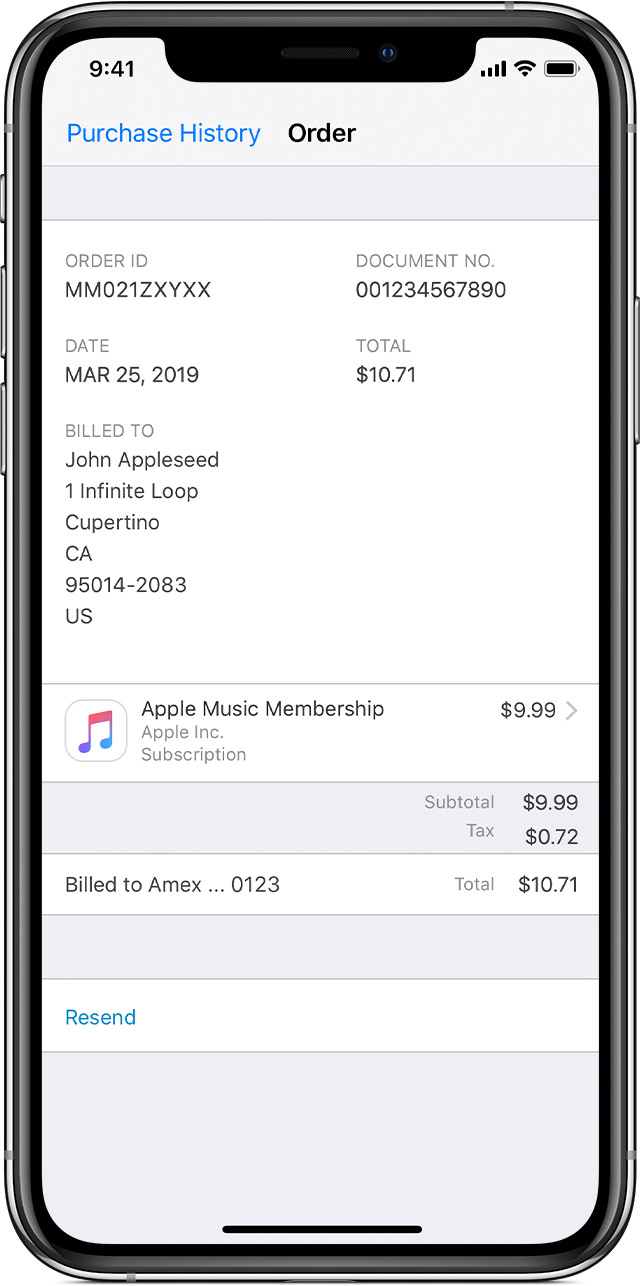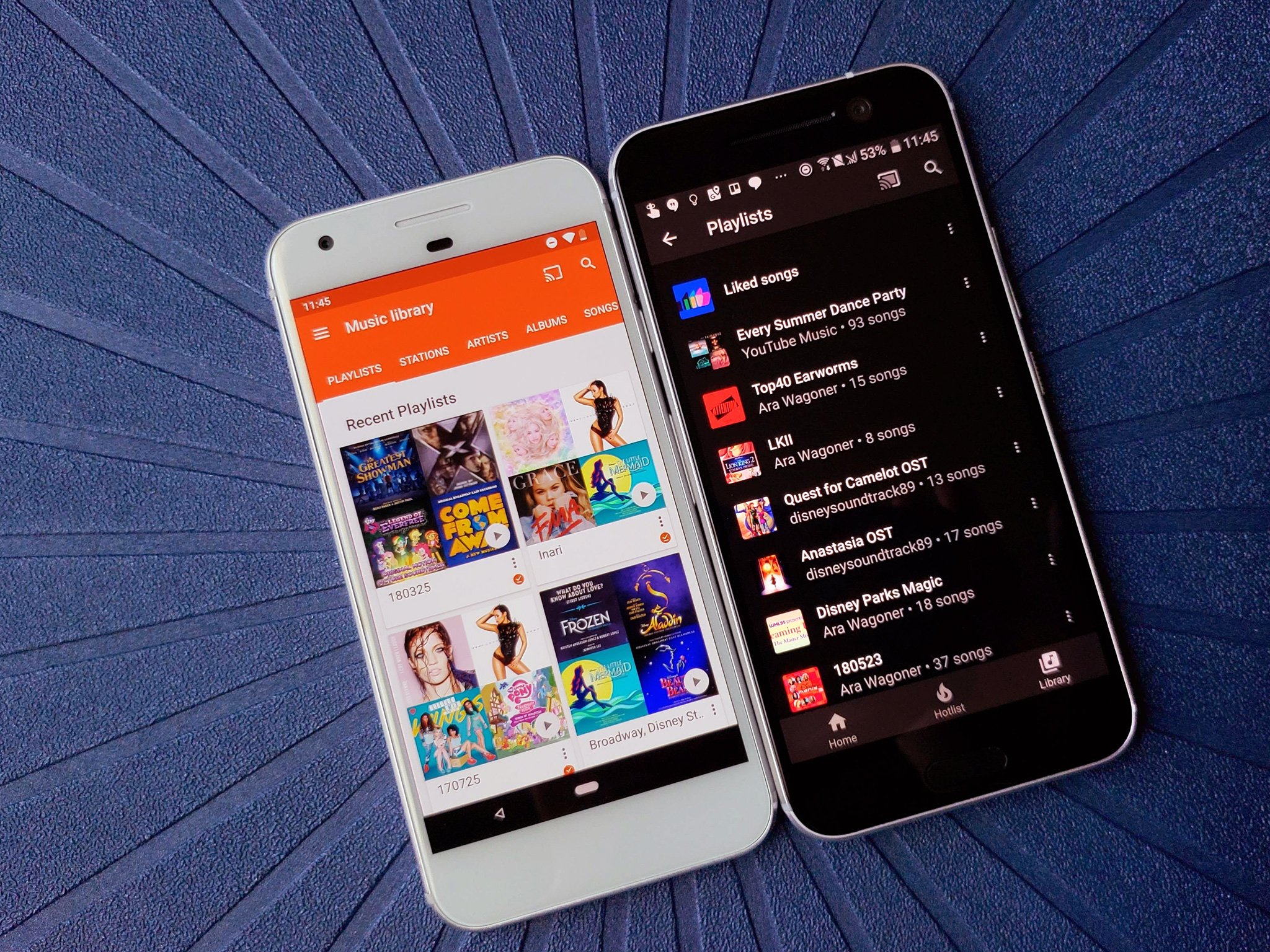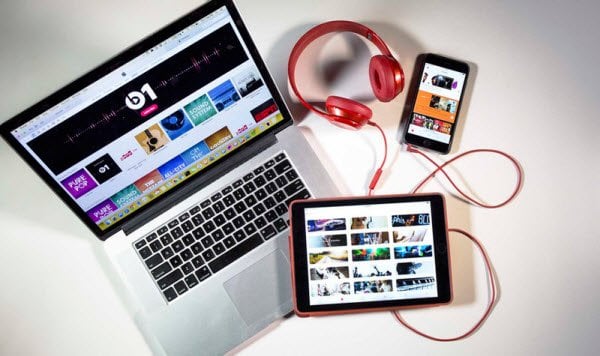How To Keep Apple Music Songs Playable After Canceling Subscription
To keep the downloaded Apple music songs forever on your iPhone, iPad, Mac or other devices without time limitation, you should remove DRM from Apple music songs. What you need is a powerful music converter called Apple Music Converter. Convert Apple Music for Free Playing after Canceling Subscription. ITunes must be installed. Step 1: add the Apple Music songs. Click Add button to open the iTunes library and import the songs you would like to convert and backup to the Apple Music Converter program. Note: The program detects your iTunes music library automatically, saving the steps to locate. Professional DRM removal to remove DRM from Apple Music songs thus to convert them to plain MP3, AAC or WAV, comes to rescue. You can downlaod NoteBurner Apple Music DRM Removal for a free try.

When Apple launched Apple Music in June, the company decided to debut its long-awaited music streaming and on-demand service with an unprecedented, and somewhat controversial, 3-month free trial. Millions of Apple users signed up to give the service a try, but the Apple Music free trial period ends soon, on September 30, 2015. If you’re currently signed up but don’t think the service is worth the regular $9.99-per-month price, you’ll need to cancel your Apple Music free trial before the end of the month in order to avoid being charged. Here’s how to do it.
Cancel Apple Music via iTunes
To cancel Apple Music on your Mac or PC, you’ll need to be running iTunes 12.2 or higher. Launch the app in OS X or Windows, sign in with the Apple ID associated with your Apple Music free trial, and then click your account name in the iTunes toolbar. In the drop-down menu that appears, select Account Info. Enter your account password when prompted.
Once the Account Info page loads, scroll all the way to the bottom until you see the section labeled “Settings.” Find the entry for Subscriptions and click Manage.
This section of your iTunes account lists any recurring subscriptions that are (or were previously) associated with your Apple ID, such as subscriptions to now-defunct Newsstand content. Listed at the top should be an entry for “Your Membership” for Apple Music. Click Edit.
Here, you’ll see the specifics of your membership, such as whether your account is enrolled in the Individual or Family Apple Music plans. As of the date of this tip, all Apple Music accounts are still under the free trial period, and so all accounts should list September 30, 2015 as the end of the current subscription period. If you’re reading this tip after September 30, 2015, then the date listed in the “Your Subscription” row will reflect your next billing date.
To cancel your Apple Music free trial and avoid being charged, find “Automatic Renewal” and click Off. You’ll see a box appear asking you to confirm your choice to turn off auto-renewal. Click Turn Off to confirm.
You’ll now be returned to the “Your Membership” page for Apple Music and the auto-renewal options should be gone, indicating that you’ve successfully canceled your subscription. You can still use and enjoy Apple Music until September 30, 2015, but after that date you’ll lose access to the service and won’t be charged the monthly fee.
If you ever wish to re-subscribe to Apple Music following the end of the free trial period, just head back to iTunes > Account Info > Subscriptions > Manage > Apple Music Membership > Edit and click “Subscribe” next to either the Individual or Family plans as desired. Apple Music doesn’t have any contracts or membership terms, so you can re-subscribe and cancel at will in monthly increments going forward.

Cancel Apple Music in iOS
You can also cancel your Apple Music subscription directly on your iPhone, iPad, or iPod touch, without needing to use iTunes on a Mac or PC. To do so, head to Settings > App and iTunes Stores and tap on your Apple ID at the top of the menu (assuming that this Apple ID is the one associated with your Apple Music free trial; if it’s not, tap Sign Out and then log in with the correct Apple ID). Tap View Apple ID and enter your password when prompted.
On the Account Settings page, find “Subscriptions” and tap Manage. An entry for “Your Membership” for Apple Music will be listed at the top. Tap on it to change your Apple Music subscription options.
Similar to the process for iTunes outlined above, your subscription should be listed as a Free Trial if you’re reading this before September 30th. To cancel your Apple Music membership before the end of the trial period, tap the toggle next to “Automatic Renewal” in order to set it to Off (white). You’ll be asked to confirm your choice; tap Turn Off to complete the process.
Again, you’ll still be able to enjoy Apple Music until September 30, 2015, and after that date you’ll lose access but won’t be charged. Also just like in iTunes, you can return to this page in the future to re-subscribe to either the Individual or Family plans and pay on a month-to-month basis. If you ever want to cancel Apple Music again, just repeat the steps outlined here.
Get Apple Music Free While You Can
While Apple may change its policy in the future, it’s important to note that there will be no free tier or shorter free trial of Apple Music going forward, unlike those offered by competitors like Spotify and Pandora. In order to use Apple Music after September 30, 2015 — at least as things stand now — you’ll need to pay a minimum of $9.99 per month. Therefore, if you have any questions about the service, make sure you try it now while it’s still free.
Apple’s cloud services are confusing to say the least, and things have only gotten more convoluted as these services have proliferated. iTunes Match, Apple Music, or both? iCloud Photo Sharing, Photo Stream, or both? I’ll try to shed some light on these matters over the next couple of days. Let’s start by looking at iTunes Match and Apple Music.
If you want to use Apple Music, using it along with iTunes Match is your best choice if you already have a large music library. In case you’re not familiar with it, Apple Music is a streaming music service, a live radio station, and a venue for music fans to connect with artists.
Your music, whether from the iTunes Store or ripped CDs, “now lives in one place alongside the Apple Music catalog with over 30 million songs,” says Apple. You can stream songs, albums, or playlists — or let the service do the work for you.
Apple Music costs $9.99 per month (you can try it free for three months). There’s a family plan for $14.99/month providing service for up to six family members. All you need to do is set up iCloud Family Sharing on your iOS device or Mac and invite family members to join. (Android users can be part of your family membership, too.)

How To Keep Apple Music Songs Playable After Canceling Subscription Online
iTunes Match is an $24-per-year service that stores all your music in iCloud—even songs imported from CDs or not purchased in the iTunes Store—and makes it available on up to 10 of your devices and computers. With iTunes Match, you have access to your complete iTunes music library at any time. To use iTunes Match, you sign up for the service using your Apple ID, and enable it on on all the computers and devices on which you want to use it.
Here’s where things get confusing. Starting with iTunes 12.2 and higher, about the only way to get any info on iTunes Match from within the software is to search for “iTunes Match” in the iTunes Help dialog. And even when you find the info it mentions “iTunes Radio.” But there is no more iTunes Radio now that Apple Music has arrived.
Though both Apple Music and iTunes Match match tracks in the same way, Apple says that “Apple Music and iTunes Match are independent but complementary.” So what’s going on?
Your Apple Music membership includes an iCloud Music Library, which allows you to listen your entire music library from all of your devices as long as you subscribe to the service. When you sign up, it checks your music collection to see which of your songs are also in the Apple Music catalog. It does this by matching against your song’s details (such as name, artist, album). If Apple has your songs in its catalog, it makes ‘em available to access on all of your devices.
When Apple Music adds these matched songs to your iCloud Music Library, Apple Music doesn’t change or alter your original music files that reside in iTunes for Mac or PC or on your iOS devices from which they were added. Apple makes these matched songs available to your other computers or devices in high quality 256 Kbps AAC. Conveniently, iTunes will upload songs not in Apple’s library to your iCloud Music Library so they can be accessed on all of your other devices.
Your iTunes Match subscription also includes an iCloud Music Library. Songs added are made available to your other computers or devices in 256 Kbps DRM-free AAC. Since they’re DRM (digital rights management) free, any of the songs that you save offline can continue to play, even after your iTunes Match subscription ends. That’s the big difference from Apple Music.
As noted by iTunes guru Krik McElhearn, Apple Music adds DRM to your files so if you, for example, you rip a CD, and it’s matched or uploaded to iCloud Music Library via Apple Music, and you download the files on another Mac, you’ll only be able to play those files as long as your Apple Music subscription is up and going. If you delete your originals, you won’t be able to access files without DRM. So you need to keep backups of your original files if you use Apple Music. If you have both an iTunes Match subscription and an Apple Music membership, then you get files without DRM.
Apple could make all this much simpler by making iTunes Match an “add-on” to Apple Music for $2 a month.
By the way, both iTunes Match and Apple Music have a 25,000 track storage limit. Apple’s Eddy Cue has said that this limit will be increased to 100,000 on Apple Music this year. I’m not sure if that applies to iTunes Match.
On Monday, we’ll look at iCloud Photo Sharing vs. Photo Stream.